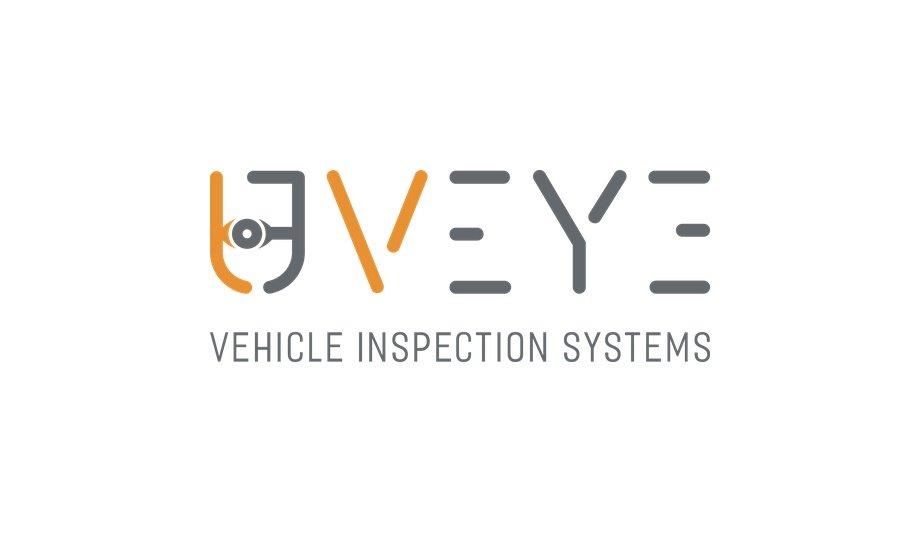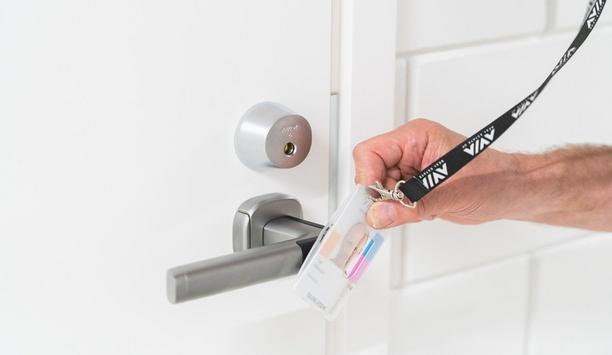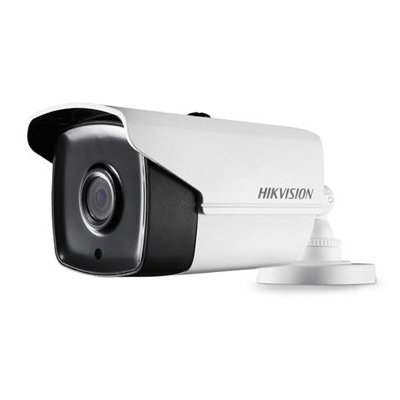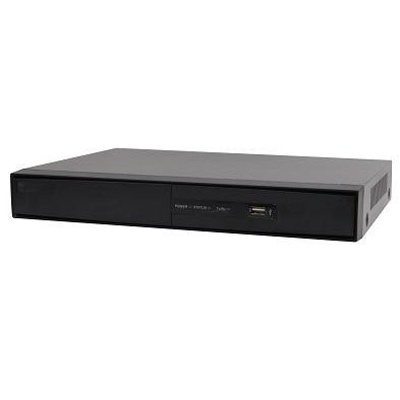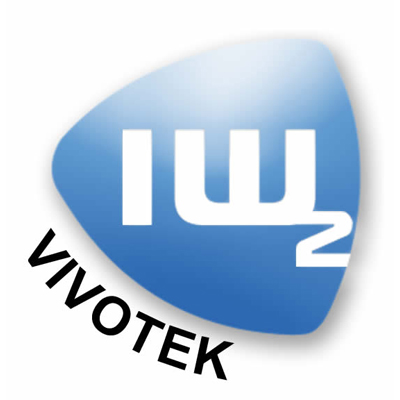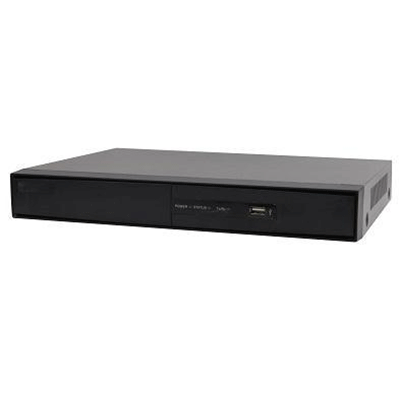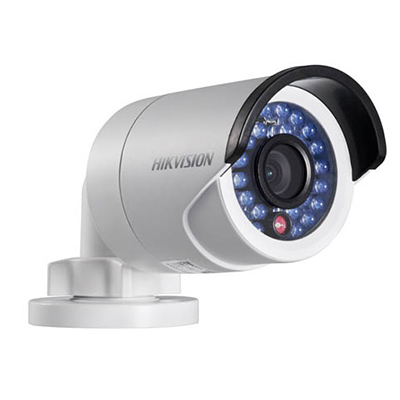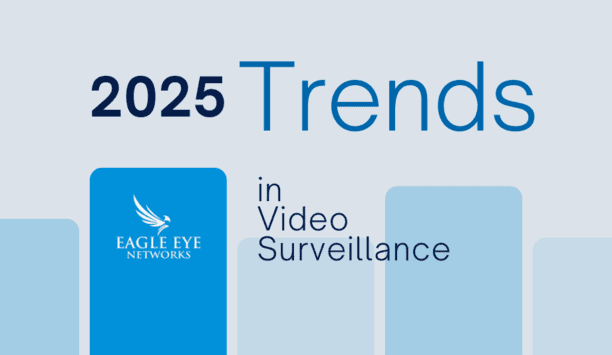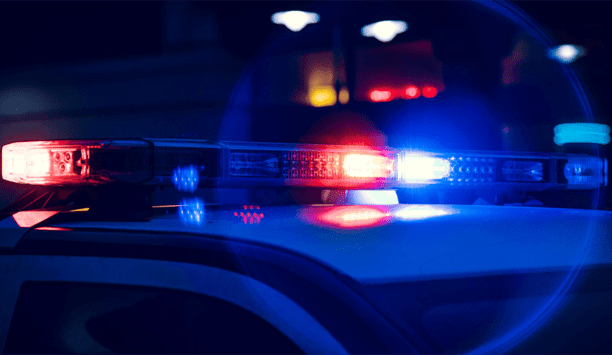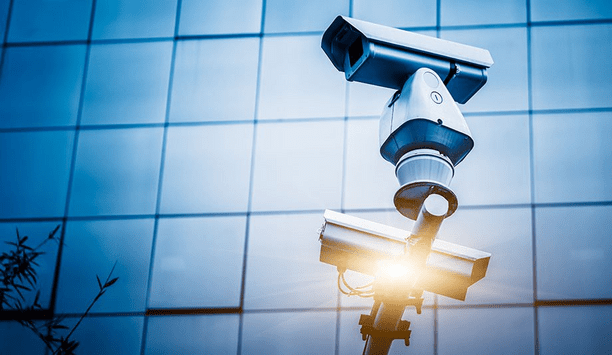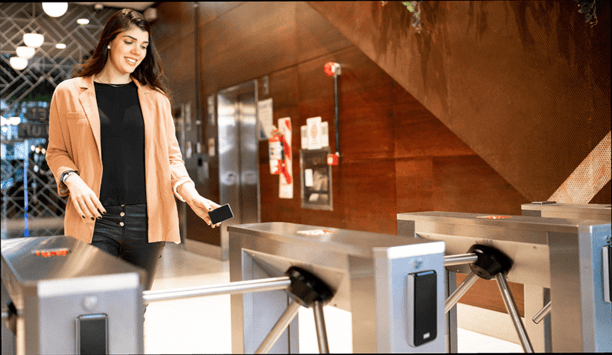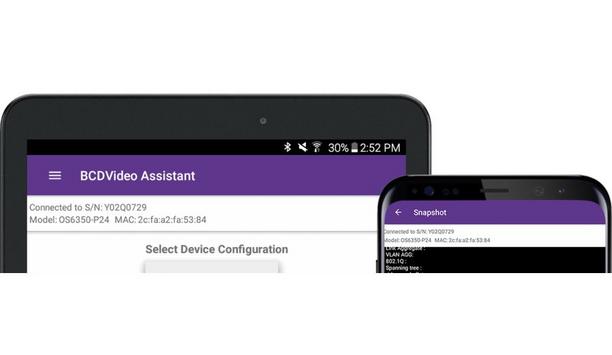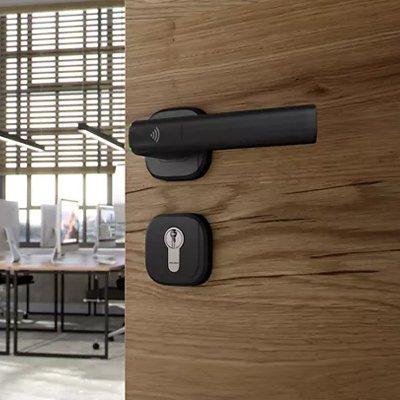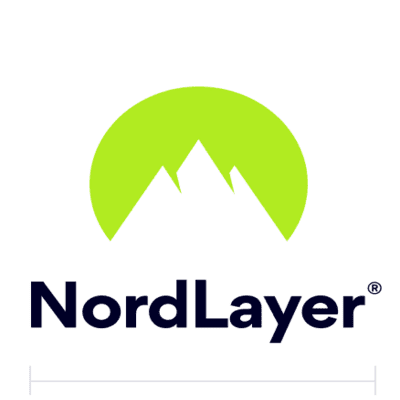Similar to a human fingerprint, every vehicle has its own unique identity - a "fingerprint" unlike any other car or truck in the world. UVeye, a renowned developer of vehicle threat-detection systems for the security industry, is introducing technology that can create a virtual "fingerprint" for any vehicle after a UVeye underbody scan. The company will host a free SIA (Security Industry Association) webinar on "How to Fingerprint Vehicles Using Computer Vision" at 12:00 p.m. EDT.
The company's CEO Amir Hever and Chief Marketing Officer Yaron Saghiv plan to discuss how computer-learning and artificial-intelligence technology can be used to identify vehicle fraud and security threats based on underbody scans.
Digital fingerprints
"A vehicle with stolen licence plates, for example, could easily be identified in the future with a UVeye underbody scan," Hever notes. "We'll also be discussing how digital fingerprints can be used at data centres, correctional facilities, airports, border crossings, hotel entrances and seaports to name just a few potential use cases."
The company earlier this year introduced UV Inspect-technology that for the first time can instantly identify bombs, weapons, drugs and other security threats concealed in the undercarriage of new or unfamiliar vehicles.
Threat-detection systems
First introduced in 2016, UVeye undercarriage threat-detection systems can scan vehicles traveling up to 25 mph
The company's mobile and stationary Helios underbody scanning systems when equipped with UV Inspect software now can provide law enforcement agencies and security professionals with the ability to automatically pinpoint threats on vehicles that are not in security databases, offering an entirely new level of protection. UVeye's Helios inspection systems currently are deployed at hundreds of high-security locations throughout the world and have generated millions of vehicle scans.
The company's proprietary algorithms, cloud architecture, sensor fusion, artificial intelligence and machine-learning technologies complete necessary vehicle checks within seconds. First introduced in 2016, UVeye undercarriage threat-detection systems can scan vehicles travelling up to 25 mph (35 km/h), helping to improve traffic flow at check points and border crossings even under extreme weather conditions.
Licence plate recognition
Stationary Helios systems utilise five high-resolution multi-directional cameras, which work under extreme weather conditions, support single and multi-lane traffic configurations and can support vehicle weights of up to 20 tons per axle. In addition to Helios and UV Inspect, the company's arsenal of detection technologies includes UV Compare, a deep-learning system that monitors traffic trends to identify changes that might signal safety concerns and licence plate recognition (LPR) software to assist with vehicle fingerprinting.
